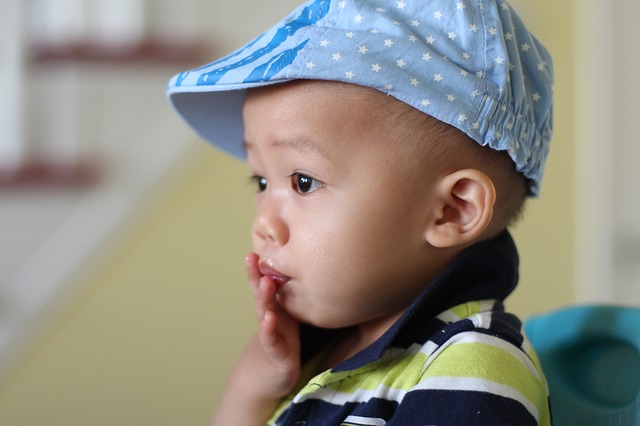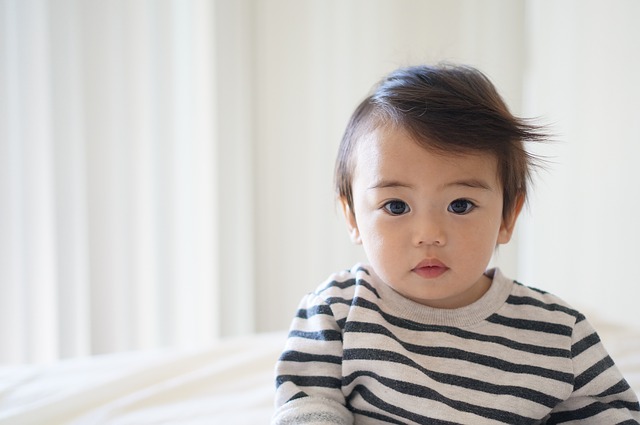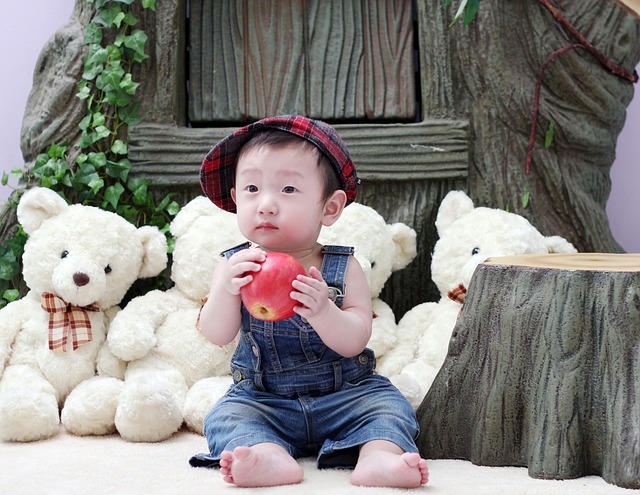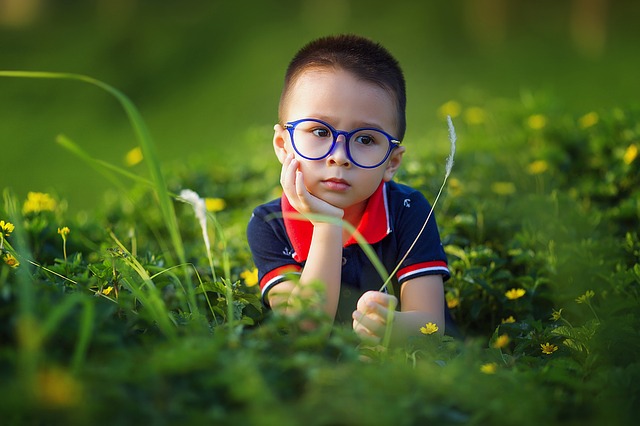香港兒童近視比率
本港學童的近視比率隨年齡增長而上升,由學前兒童的 6.3%,倍增至 6 歲的 18.3%,至 12 歲時更 攀升至 61.5%,而 21 – 30 歲的成年人患近視的比率更高達 84.7%。
如果演變成深近視,長大後患上不同眼疾的風險,如視網膜脫落、白內障、青光眼、黃班病變的風險就會大大增加。
兒童矯視的目的,不是要完全停止近視加深,而是為了減慢近視加深速度。
近視預防
如果兒童每年增加 100 度近視,便屬於近視加深快,因此可以考慮接受治療,對兒童來說,最理想的近視加深速度為每年增加 50 度之內。
低劑量阿托品滴眼藥水是近年眼科醫生常用及作為第一線減慢兒童近視的方法 。
中大的研究顯示此方法可有效減緩兒童近視加深的速度達 60%,且副作用罕見。
另外,香港理工大學設計的一款「多區正向光學離焦」(DIMS)眼鏡鏡片,證實能減慢參與研究兒童的近視加深速度達60%。
眼鏡片由一個用來矯正屈光不正的「中心光學區」,以及圍繞中心區伸延至鏡片周邊的「多區持續近視離焦」組成。
佩戴者觀看不同距離的景物時,DIMS 眼鏡片可提供清晰的視力及近視離焦,以矯正視力並幫助減慢近視加深 。
最後,孩子們可以選擇佩戴角膜矯形鏡 (OK 鏡) 。
它利用特製硬性矯形隱形眼鏡和淚水的張力, 改變眼角膜的弧度及形狀。
接受矯視的兒童,只需於晚上戴上矯形鏡片睡覺便可,好處是早上毋須戴眼鏡。
惟一擔心是兒童睡覺期間不知不覺捽眼而造成角膜受損或感染,所以此方法只適合自理能力較好、8歲以上的兒童。




